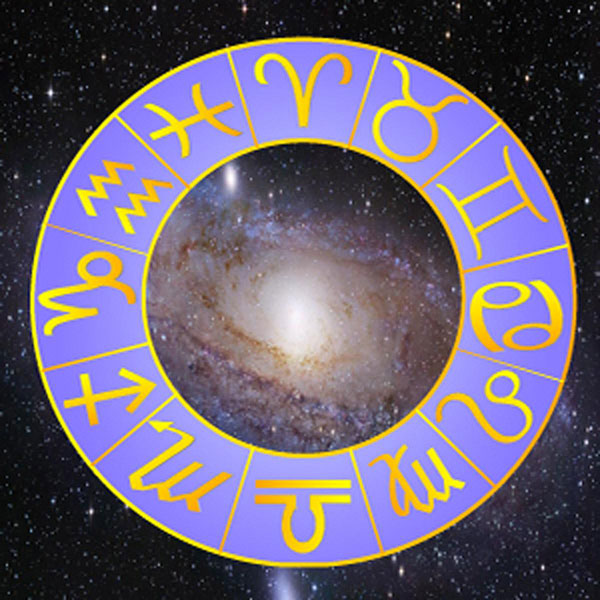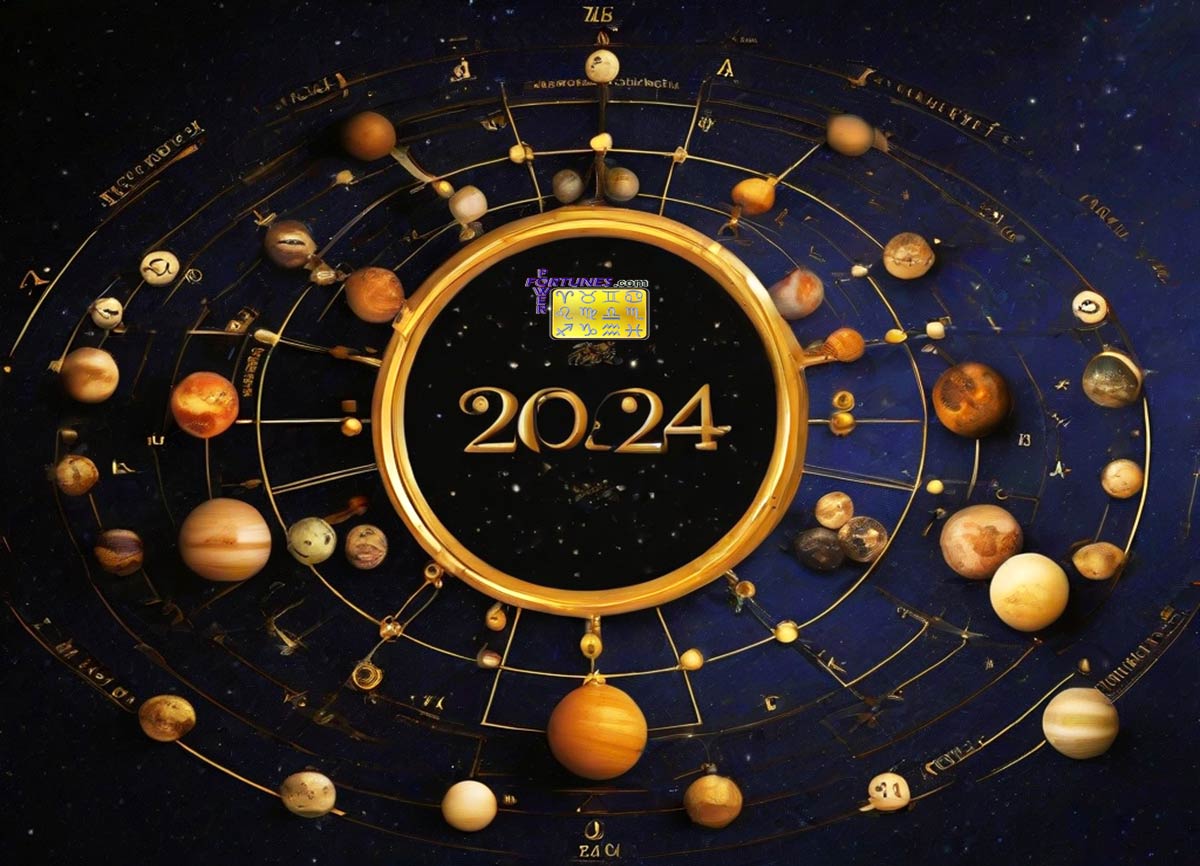
This page is all about the eastern form of astrology or, 'Vedic Astrology' and the contents of this article is intended to help any one who wishes to learn how to practice 'Vedic Astrology'. All the essential points of this form of astrology have been listed.
Vedic Astrology uses the sidereal zodiac, which is based on the position of the planets in the sky. It varies from the tropical zodiac used in Western astrology, which starts at the vernal equinox (the first day of spring) each year, or about March 20. The two systems vary by approximately 23°, so your ascendant and house system will be different when cast using Vedic astrology. The following points are of particular importance in Vedic astrology:
- The nodes of the Moon play a very important role in Vedic astrology. The north node is called 'Rahu' and the south node is called 'Ketu'. These nodes form aspects just like regular planets. There are no corresponding equivalents for 'Rahu' and 'Ketu' in Western astrology. These Vedic planets are essentially malefic in nature and are referred to as the Serpent's/Dragon's head (Rahu) and tail (Ketu). 'Rahu' and 'Ketu' have and eclipsing effect on other planets, particularly the Sun and the Moon and have been compared to a black-hole a white dwarf.
- There are nine Vedic planets and planets have rulerships over houses based on the 'Mooltrikona' sign of the planet. Therefore, the area of a person's life ruled by a planet is determined by the ascendant of the native. For example, the Sun is the lord of the house associated with Leo. In addition to this, each planet has general specifications that pertain to that specific planet (for example, the Moon rules felinity).
-
The strength of planets varies from very strong to very weak, depending on a number of factors established, obviously the stronger a planet the better the result. Weak planets do not provide good results in the areas ruled by the planet and are more susceptible to affliction. The following factors that contribute to planetary weakness:
- Placement in one of the malefic houses - 6th, 8th or 12th (unless it is its own 'Mooltrikona' sign).
- Placement in it's sign of debilitation.
- Placement in the first or last 5° of a sign.
- Placement in it's debilitated sign in the ninth division of the natal chart.
- If it's depositor is weak, i.e. it occupies the 'Mooltrikona' sign of a weak planet.
- If with respect to the Moon, it is within 72° either side of the Sun.
- If it is closely accepted by any functional malefic planet.
- If the most effective point of the house that it occupies is closely afflicted by a functional malefic planet.
- If the most effective point of it's 'Mooltrikona' sign is closely afflicted by a functional malefic planet.
- The 'Close Afflictions' given above refer to an orb of one° or less.
- A weak planet can be afflicted by an orb up to 5° from a functional malefic planet. However, a strong planet is only afflicted by an orb of one degree or less.
- Exceptions to these 'Affliction' rules apply when the aspect is from:
- The most malefic planet, an aspect from a functional malefic placed in the 6th, 8th or 12th houses.
- A conjunction with Rahu or Ketu (the Rahu-Ketu axis).
- A functional malefic that is also afflicted.
- More than one functional malefic at the same time.
- The functional nature of the planets also varies by ascendant. If a planet is a functional malefic, then any other planet that it aspects, is afflicted, leading to adverse effects caused by the afflicted planet. Planets ruling the 6th, 8th and 12th houses are functional malefic and afflict other planets, if the aspect is close (within 5°), even if they may otherwise considered to be "strong." The main sufferings in a person's life arise from planets that are either weak or afflicted or both.
- Uranus, Neptune and Pluto do not play a role in Vedic astrology.
- The aspects for each planet in vary by planet. All planets aspect 0° (conjunction) and 180° (opposition). Other angles are as follows:
- Vedic astrology considers three kinds of aspects:
Transit to natal, natal to transit (relevant at times when the two planets involved aspect at different angles) and transit to transit. - The house system is sign-based; in other words, a sign never overlaps two houses.
- Each house has a 'Most Effective Point' or "MEP" which is the degree of the ascendant. So if a planet aspects the MEP of a house, it benefits or afflicts the significations of that house, depending on whether it is a functional benefice or functional malefic.
- Vedic astrology identifies varies periods or ages in a persons lifetime, each of which are ruled by particular planets (and the strength or weakness and/or affliction of that planet in the chart). These 'Dashas' have the affect of shading all transits in that period by the nature of the active 'Dasha' period.
- The charts are drawn differently in Vedic astrology. We suggest using the northern style. Once you are used to it, it will become quite intuitive. In this system, it is easy to identify each house quickly. The numbers drawn on the chart refer to the sign, not the house. Aries is 1, Taurus is 2, etc.
- Vedic astrology uses not just the main chart, but also divisional charts that shed additional light on specific aspects of the person's life.
















